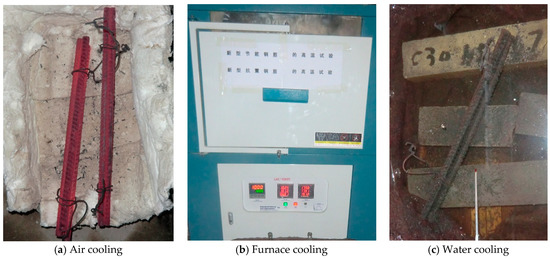

Load transfer along concrete interfaces subjected to simultaneous shear and lateral forces applied normally to the interfaces is commonly explained using the shear friction mechanism. The direct shear transfer mechanism has been examined significantly in highly stressed concrete interfaces such as those found in the details between columns and corbels, squat shear walls, and foundations, in dapped end beams, and in precast concrete assemblies.

This was evidenced by the lower normalized root mean square error than those in Xu et al.’s model and the CEB-FIB model, which have many limitations in terms of the roughness of the substrate surface along an interface and the magnitude of equivalent normal stress. The comparisons of predictions and measurements obtained from push-off tests confirmed that the proposed model provides superior accuracy in predicting the shear stress-relative slip relationship of interfacial shear planes. Then, a parametric fitting analysis was performed to derive equations for the key parameters determining the shapes of the ascending and descending branches of the shear stress-relative slip curve. The shear friction strength was determined from the generalized equations on the basis of the upper-bound theorem of concrete plasticity. In developing the model, the initial shear cracking stress and relative slip amount at peak stress were formulated from a nonlinear regression analysis using test data for push-off specimens. This study develops a simple and rational shear stress-relative slip model of concrete interfaces with monolithic castings or smooth construction joints.


 0 kommentar(er)
0 kommentar(er)
